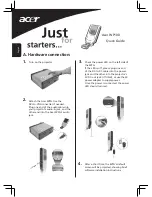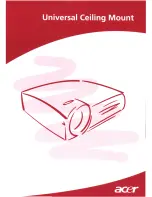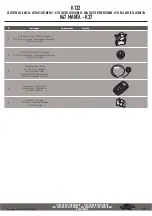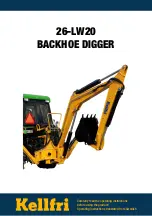
Position the device with sufficient insulation against electrically conductive environments,
e.g. Insulation against conductive floor or insulation to conductive racks.
If distribution boards, twin-head mounts, etc., are being used, note the following: The
electrode of the welding torch / electrode holder that is not used is also live. Make sure
that the welding torch / electrode holder that is not used is kept sufficiently insulated.
In the case of automated MIG/MAG applications, ensure that only an insulated wire elec-
trode is routed from the welding wire drum, large wirefeeder spool or wirespool to the
wirefeeder.
EMC Device Clas-
sifications
Devices in emission class A:
-
Are only designed for use in industrial settings
-
Can cause line-bound and radiated interference in other areas
Devices in emission class B:
-
Satisfy the emissions criteria for residential and industrial areas. This is also true for
residential areas in which the energy is supplied from the public low-voltage mains.
EMC device classification as per the rating plate or technical data.
EMC measures
In certain cases, even though a device complies with the standard limit values for emis-
sions, it may affect the application area for which it was designed (e.g. when there is
sensitive equipment at the same location, or if the site where the device is installed is
close to either radio or television receivers).
If this is the case, then the operator is obliged to take appropriate action to rectify the
situation.
Check and evaluate the immunity to interference of nearby devices according to national
and international regulations. Examples of equipment that may be susceptible to interfer-
ence from the device include:
-
Safety devices
-
Power, signal and data transfer lines
-
IT and telecommunications devices
-
Measuring and calibrating devices
Supporting measures for avoidance of EMC problems:
1.
Mains supply
-
If electromagnetic interference arises despite correct mains connection, addi-
tional measures are necessary (e.g. use a suitable line filter).
2.
Welding power leads
-
must be kept as short as possible
-
must run close together (to avoid EMF problems)
-
must be kept well apart from other leads
3.
Equipotential bonding
4.
Earthing of the workpiece
-
If necessary, establish an earth connection using suitable capacitors.
5.
Shielding, if necessary
-
Shield off other nearby devices
-
Shield off entire welding installation
10
Содержание WF 25i Case D200
Страница 2: ......
Страница 16: ...16...
Страница 17: ...General 17...
Страница 18: ...18...
Страница 22: ...22...
Страница 23: ...Controls connections and mechan ical components 23...
Страница 24: ...24...
Страница 32: ...OPT i WF Stand ard control panel 1 9 8 5 6 10 11 12 2 3 4 7 14 13 32...
Страница 37: ...Installation and commissioning 37...
Страница 38: ...38...
Страница 49: ...2 4 STOP OK 3 1 3 Setting the brake D300 device 1 4 5 STOP 6 7 3 1 2 1 2 1 2 2 4 STOP OK 3 1 3 49 EN...
Страница 52: ...52...
Страница 53: ...Troubleshooting maintenance and disposal 53...
Страница 54: ...54...
Страница 61: ...Technical data 61...
Страница 62: ...62...
Страница 65: ...65 EN...
Страница 66: ...66...
Страница 67: ...67 EN...











































